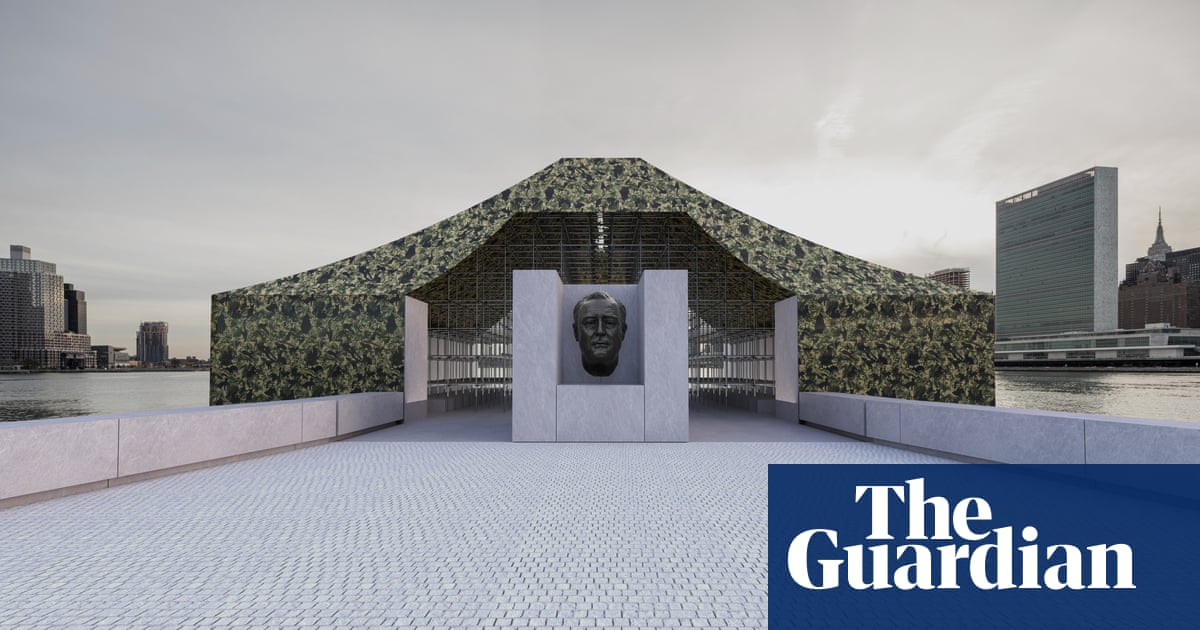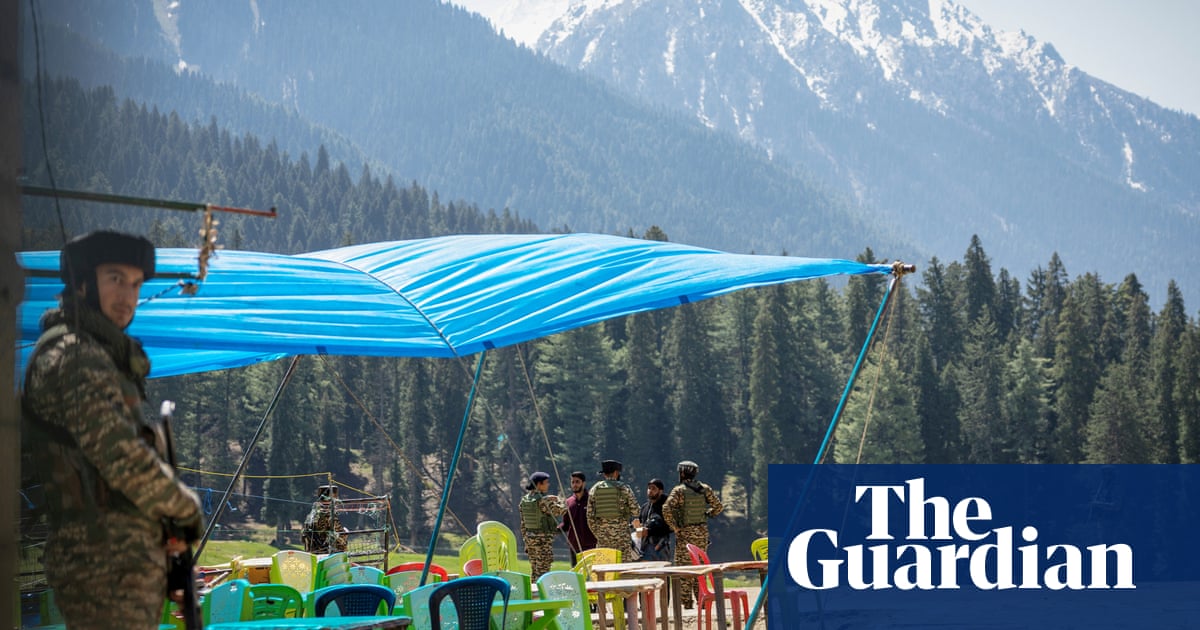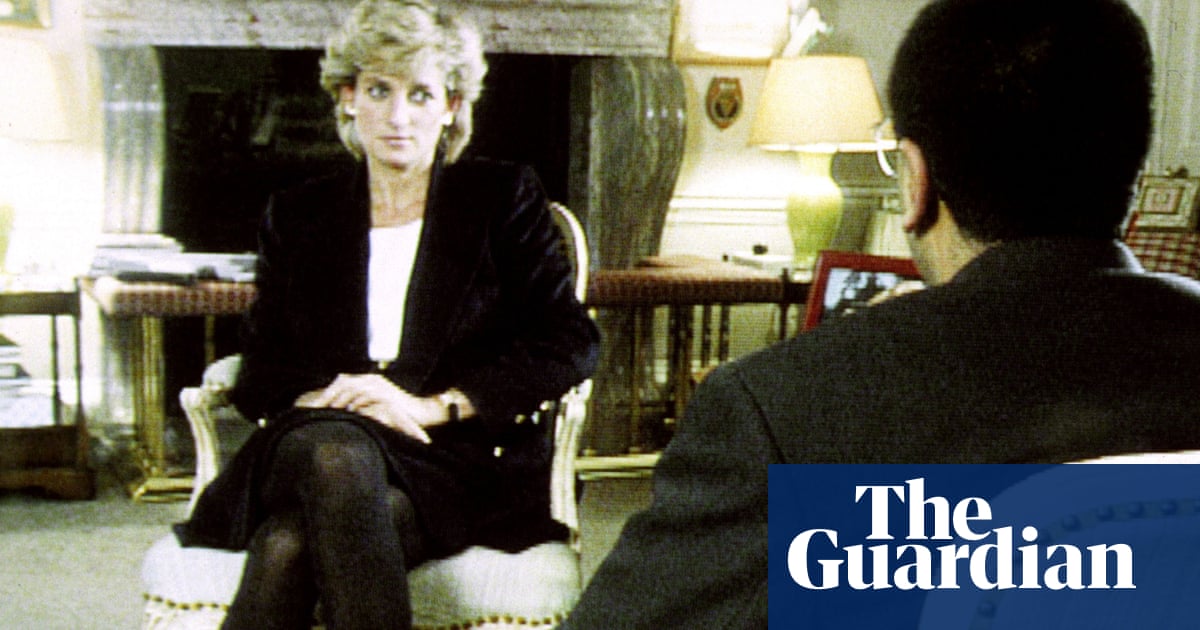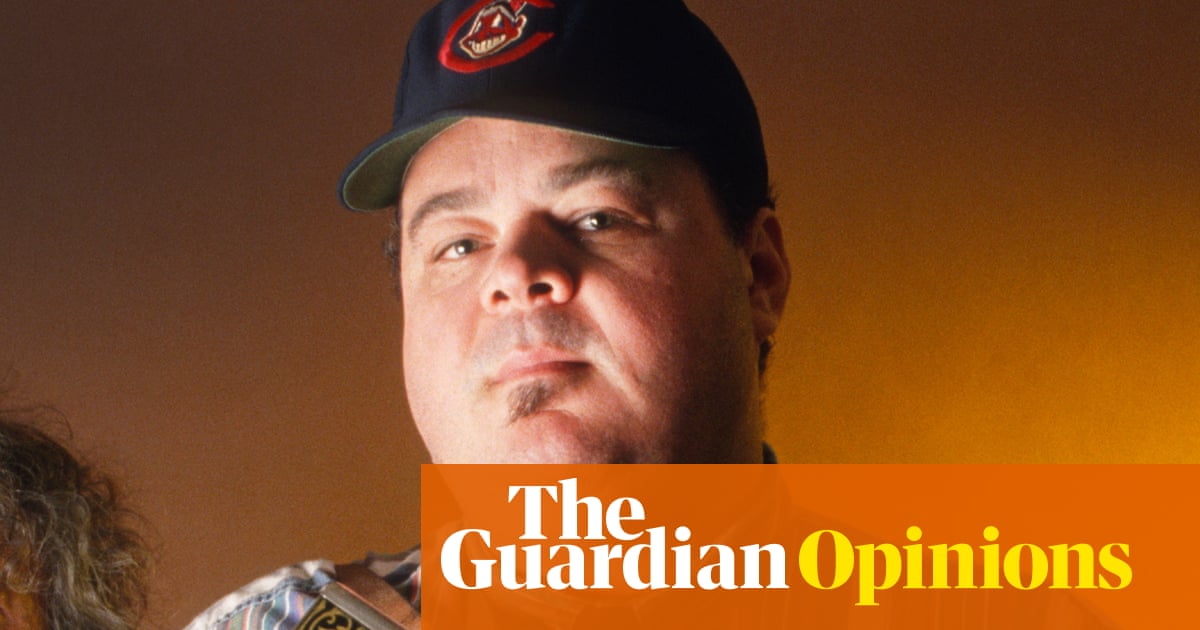For the past seven years, Grenfell Tower has been cloaked in white wrapping, protecting the fire-damaged fabric from further corrosion and the public from falling debris. This shroud covers a monumental cenotaph, a visceral reminder of the tragedy that claimed 72 lives and upended so many others. Now, the deputy prime minister has decided that the tower will be demolished in time for the 10th anniversary of the fire in 2027. The justification is that the tower is structurally vulnerable, and – insipidly – because there is no consensus among the community groups and campaigns seeking reparative justice.
Many of these groups have said they felt ignored by the government’s decision, while local residents remain divided. What is clear is that a top-down verdict from central government has obscured some of the careful thinking and deep engagement by various communities at a local level. As attention turns toward the construction of a permanent memorial, there are questions as to whether this can be handled with the appropriate sensitivity and proper consultation.
Early signs, based on the government’s ruling, are that the system has not fundamentally been reformed. Decisions about a memorial to Grenfell will have a particular potency because the redevelopment of the site will be a measure of how the construction industry and regulatory regime have changed since the tragedy, from planning and procurement, design and construction, to management and maintenance.
All of these processes should by now be practically inverted if we’ve achieved the shift needed: community-led, bottom-up planning; procurement based solely on quality, with clear and accountable contractual relationships; health, safety, accessibility and sustainability as primary considerations; a process of production that engages local skills and enhances the local economy; and – as the Grenfell Tower Memorial Commission, made up of residents and survivors, advocates – a speedy transfer of ownership from government to an appropriate independent body. The government has committed to this, if that is the wish of the community, and an organisation will be set up to own and maintain it.
Memorialisation and the design of monuments is a complicated process, as the continuing controversy around agreeing an appropriate site, form and purpose for the UK’s national Holocaust memorial demonstrated. The anti-monumentalism of the postwar years rejected the monolithic memorials that reflected the bombast and sublimity so favoured by despotic regimes. In London, this turn away from the grandiose has manifested in the fourth plinth commissions, but also more modestly and movingly in sites like Altab Ali park, Whitechapel, where the racist murder of a young Bangladeshi textile worker in 1978 is commemorated by a decorative arch.
Monuments to ordinary communities made extraordinary through disaster are as rare as they are difficult to design. But we can look to history for inspiration. Take the Victorian artist George Frederic Watts’s commitment to a Memorial to Heroic Self-Sacrifice, situated in Postman’s Park, essentially a veranda designed by Ernest George with beautifully crafted ceramic tablets commemorating ordinary people who died selflessly saving the lives of others. More than half a century later, the London county council created a memorial to Londoners who had died during the blitz by creating an avenue of mature trees running between old County Hall and Waterloo Bridge on the South Bank.

Ruins and relics can also have their own potency: the medieval structure of Coventry Cathedral was badly damaged by a Luftwaffe raid. The architect Basil Spence retained what remained of the structure as a garden of remembrance, adjacent to his striking contemporary cathedral.
The independent Grenfell Tower Memorial Commission, which is supported by the Ministry of Housing, Communities and Local Government, has advanced the commissioning process by shortlisting a number of design teams, a refreshingly diverse list of practitioners in architecture and adjacent disciplines. Whoever is appointed, it will be daunting task and a weighty responsibility, with complex long-term considerations.
Though the aspiration is that the official memorial will be permanent, it should also be able to evolve. The meaning and cultural memory of Grenfell will inevitably change, in ways we are unlikely to anticipate. The Victorians liked sturdy, fixed monuments – in our contemporary moment, this kind of heroic memorialisation simply does not cater to the diverse views and needs of the community or the public. The Monument in the City of London – it is easy to forget – commemorates the Great Fire of 1666, and its messages about the causes of the fire and the power relations that informed the City’s reconstruction represent a very specific historical context now largely forgotten.
Further, even though the tower will be demolished, aspects of it should be preserved. When the architects Alison and Peter Smithson’s brutalist landmark housing scheme Robin Hood Gardens was finally consigned to the rubble heap, the V&A Museum was challenged to preserve a three-storey section in its collection. With appropriate supporting displays and interpretation, there could be a similar approach in keeping some of the fabric of Grenfell. Forensic Architecture, meanwhile, has not only sought to accurately record the tower’s structure and the technical failures it endured, but also developed “situated testimonies” in collaboration with residents, bereaved families and survivors.
The memorial provides an opportunity to commemorate the profound change that Grenfell has and must continue to have on how our cities and buildings are shaped. Academics like Liam Ross in Edinburgh have undertaken detailed research around what he terms “pyrotechnic cities”, the ways in which buildings and the urban condition have been shaped by fire and resulting regulatory or practical changes, including in North Kensington. Ross undertakes an “archaeology of fire”, observing the process of “concretising existing codes in new structures”. True memorialisation of disaster involves revising standards. Over the past three years, Ross and I have collaborated on designing a short learning programme aimed at arming professionals with deeper knowledge of fire and life safety, conceived as a memorial and a platform for change.
There are already many memorials to Grenfell, driven by those most affected by the fire and on the frontline of campaigning. They remind us that memorialisation is not a passive or indeed singular act. Even if the tower were to remain, its potency as a symbol would depend on fundamental shifts in the way we think about our buildings and cities. A memorial should not and cannot be a “national” monument for gawping at, but a nodal point of a shared and renewed commitment to ensure such a tragedy never happens again.
-
Neal Shasore is a historian of the built environment and heritage advocate
-
Do you have an opinion on the issues raised in this article? If you would like to submit a response of up to 300 words by email to be considered for publication in our letters section, please click here.

.png) 2 months ago
55
2 months ago
55













































